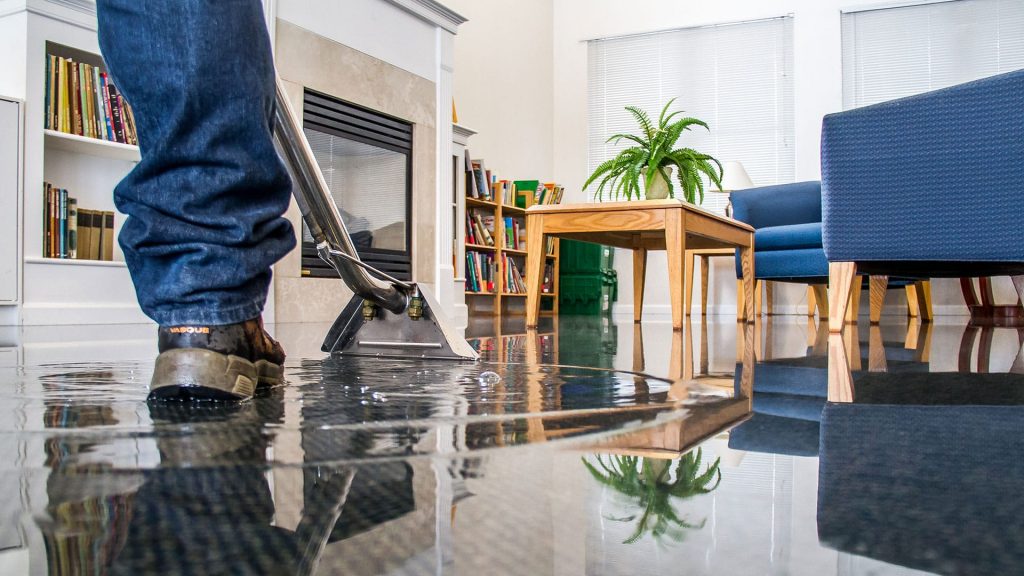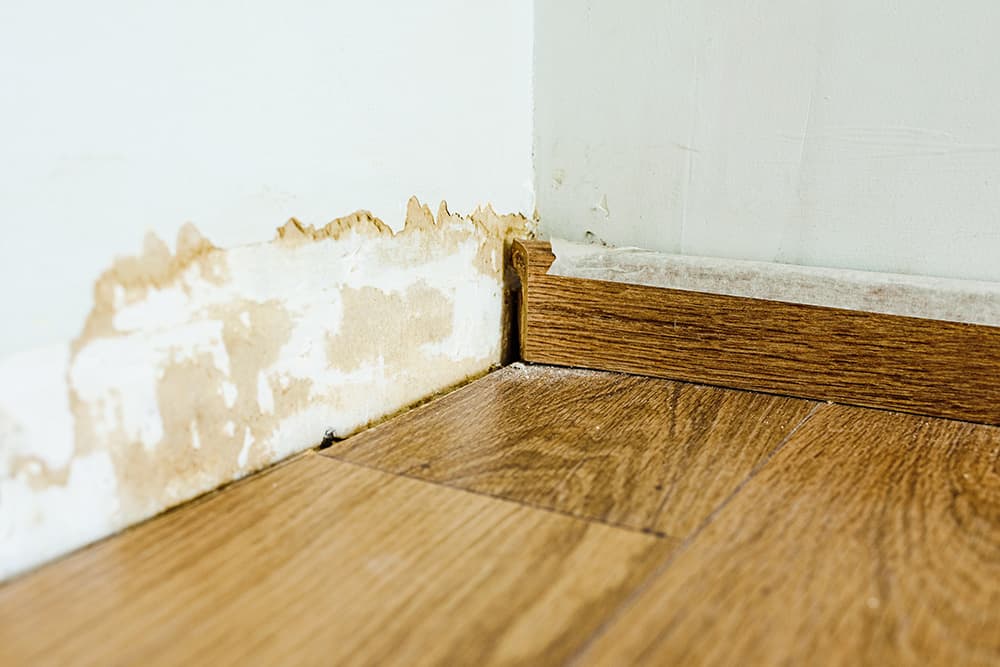Efficient Water Reduction Techniques You Need to Know
Water damage can be a expensive and disruptive concern for residential property owners, making it essential to be well-versed in reliable water mitigation techniques. From very early detection and examination to effective water extraction methods and detailed drying out techniques, there are essential actions to take in mitigating water damage.

Early Detection and Evaluation
Very early discovery and evaluation are vital actions in the procedure of water reduction to recognize and address potential sources of water damage immediately. By performing normal analyses of pipes systems, devices, and architectural components, water reduction specialists can proactively pinpoint locations at risk to leakages, condensation, or flooding. Via detailed examinations utilizing advanced technology such as moisture meters and thermal imaging cameras, specialists can identify surprise water breach that may not be promptly noticeable to the naked eye. Identifying these issues at an early stage can prevent further escalation of water damage, ultimately conserving time and sources in the mitigation procedure.
In addition, early detection permits swift action to be absorbed drying out influenced areas and implementing essential repair work to prevent mold growth, structural wear and tear, and various other long-lasting repercussions of water damage. Timely intervention not only minimizes the instant effect of water intrusion but likewise aids in protecting the stability and safety of the building over time. Prioritizing early detection and examination as essential components of water mitigation methods is important for reliable damage control and restoration efforts.
Reliable Water Extraction Methods
Discovery and examination are crucial action in any kind of water reduction procedure, laying the structure for effective water removal approaches to promptly remove excess water from affected locations. Once the level of water damage is assessed, it is vital to use efficient extraction methods quickly. Water extraction can be accomplished with various techniques, including making use of effective pumps, damp vacuum cleaners, and dehumidifiers.
Professional water mitigation groups often make use of completely submersible pumps to swiftly remove big amounts of water from the premises. These pumps are capable of extracting water at a rapid pace, decreasing the risk of further damages to the residential or commercial property. Damp vacuum cleaners are also commonly used to target smaller areas or hard-to-reach areas where standing water continues.
Additionally, dehumidifiers play a vital function in the water removal process by minimizing dampness levels in the air and accelerating the total drying time - water damage restoration company round lake ny. By incorporating these removal methods strategically, water reduction specialists can efficiently extract water, reduce damage, and stop mold development, inevitably bring back the afflicted area to its pre-loss condition
Thorough Drying Methods
To make certain thorough water damage mitigation, thorough drying out strategies are crucial in getting rid of recurring dampness and protecting against prospective structural issues. After water removal, the emphasis changes to drying the affected locations totally. One reliable approach is making use of industrial-grade dehumidifiers to lower moisture levels, assisting in the evaporation of wetness from products and surfaces. Proper air movement is vital for drying, and specialists may strategically put air movers to enhance blood circulation and quicken the drying out process.
In situations of water damages, permeable products like drywall and carpeting can trap wetness, causing mold and mildew development and structural weakening if not properly dried out. To resolve this, specialists may use specialized equipment such as wetness meters to determine dampness degrees within products, making certain thorough drying. Additionally, the elimination of walls or piercing tiny openings in walls may help with drying in wall surface dental caries where moisture can linger undetected.
Mold And Mildew Avoidance and Removal
Following the comprehensive drying strategies in water mitigation, the emphasis currently moves towards resolving mold and mildew prevention and removal to secure against possible wellness risks and architectural damages. Mold and mildew can rapidly develop in locations affected by water damages, positioning serious wellness dangers and jeopardizing the honesty of the building. To prevent mold and mildew growth, it is critical to immediately remove any kind of water-damaged products, as well as completely clean and sanitize the influenced areas. Correct ventilation and dehumidification additionally play crucial duties in mold avoidance by decreasing dampness levels that promote mold and mildew growth.
In situations where mold and mildew has actually currently created, swift remediation is vital. This process includes the cautious elimination and disposal of mold-infested products, adhered to by thorough cleaning and disinfection of the area to prevent regrowth. It is essential to address mold and mildew concerns without delay and effectively to prevent further damage and make certain the safety of passengers. Specialist mold and mildew removal services may be required for substantial mold invasions to make sure detailed and secure elimination. By carrying out these mold avoidance and remediation strategies, the threats connected with water damage can be considerably reduced.
Architectural Repair Work and Remediation

Repair efforts often expand past structural fixings to include cosmetic enhancements. Painting wall surfaces, changing floor covering, and attending to any kind of noticeable water spots are common practices. It is vital to not just repair the architectural damage yet likewise to bring back the aesthetic appeals of the space. In addition, dealing with any kind of remaining moisture problems and ensuring appropriate ventilation can assist prevent future architectural damage and mold growth. By without delay and successfully addressing structural issues post-water damage, residential property owners can secure their structures and restore them to their pre-damage problem.
Final Thought
Finally, reliable water reduction techniques such as early detection, effective water removal, thorough drying, mold prevention, and structural repair are crucial in minimizing damage and bring back influenced locations (water removal ballston spa ny). By following see this site these steps diligently, homeowner can mitigate the impact of water damages and protect against more concerns such as mold and mildew development. It is crucial to act quickly and utilize these methods to guarantee a successful water mitigation procedure
Water damages can be a costly and disruptive issue for home owners, making it essential to be well-versed in reliable water reduction methods. From early discovery and examination to efficient water extraction approaches and detailed drying out methods, there are important steps to take in mitigating water damages.Early discovery and examination are critical actions in the process of water reduction to determine and deal with potential resources of water damage without delay.Discovery and assessment are important steps in any kind of water mitigation procedure, laying the foundation for reliable water extraction methods to quickly remove excess water from affected locations.In conclusion, reliable water mitigation strategies such as early discovery, efficient water removal, extensive drying out, mold and mildew avoidance, and structural repair service are essential in decreasing damage and bring back affected areas.